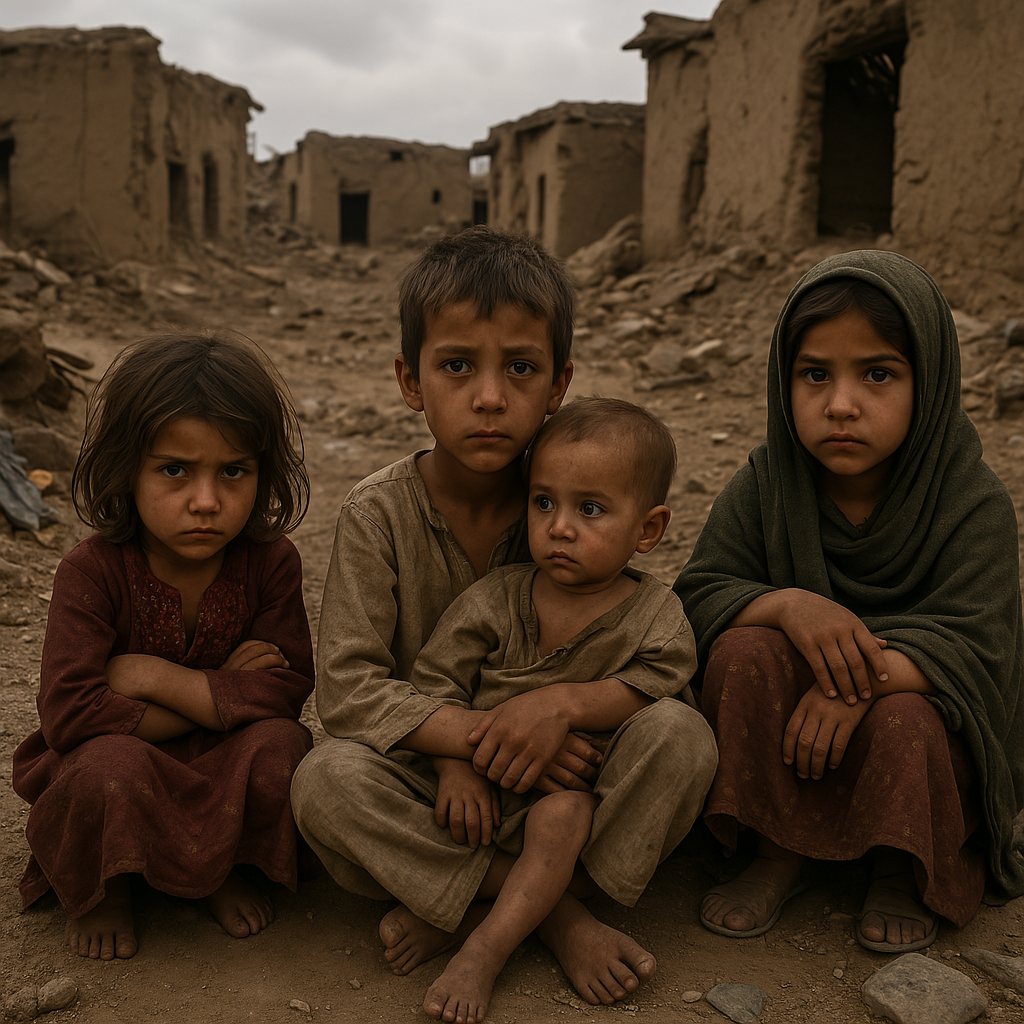- Immunity and Survival National Organization(ISNO)
- Call +93 799 044 616
- 13DS, Kabul Afghanistan
- KBL, AF
- Send your mail at
- info@isno-cso.org
- Working Hours
- Sat-Thu:8.00am to 4.00pm
The Situation of Children in Afghanistan

The Situation of Children in Afghanistan
The Situation
of Children in Afghanistan
Children in
Afghanistan face some of the most difficult living conditions in the world.
Decades of conflict, poverty, displacement, and limited access to essential
services have deeply affected the lives of millions of Afghan boys and girls.
Many children are born into families struggling with economic hardship, food
insecurity, and lack of access to education and healthcare.
Education is
one of the biggest challenges. While efforts have been made in past years to
expand access to schooling, many children—especially girls—are still unable to
attend school due to cultural barriers, insecurity, and the absence of proper
facilities in remote areas. The lack of quality education limits their
opportunities and future prospects.
Malnutrition is
another serious concern. According to humanitarian reports, a large number of
Afghan children suffer from acute malnutrition due to food shortages, poor
health infrastructure, and economic collapse. This threatens their physical and
mental development and increases their vulnerability to disease and long-term
health problems.
In addition,
child labor and early marriage are widespread, as families facing financial
hardship may feel forced to rely on their children for income or marry off
young girls to reduce economic burden. Many children also suffer from
psychological trauma due to violence, displacement, or the loss of parents and
loved ones.
Despite these
challenges, Afghan children continue to show strength, hope, and resilience.
Their future depends on the support and attention of both national and
international communities.
To build a
better future for Afghanistan, investing in children must be a priority.
Ensuring their safety, education, and well-being is not only a moral
responsibility but also essential for the long-term peace and development of
the country.
